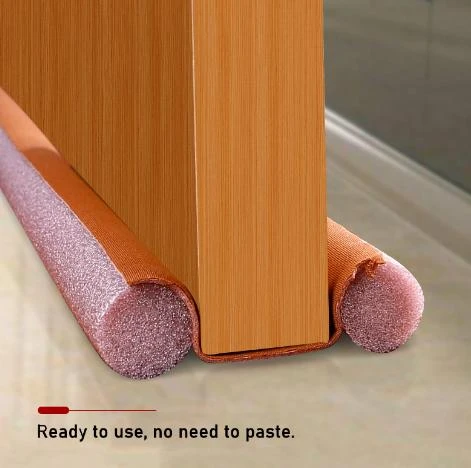stop cold air coming under door
How to Stop Cold Air from Coming Under Your Door
During the colder months, ensuring a warm and cozy home becomes essential. One of the common problems many homeowners face is cold air seeping in from under doors. This not only makes rooms uncomfortable but also increases heating costs. In this article, we will discuss various methods to effectively stop cold air from coming under your door, improving your home’s insulation and comfort.
Understanding the Issue
First, it's important to understand how cold air enters your home. The gaps between your door and the floor can create cold drafts that chill the indoor atmosphere. These drafts can be particularly noticeable with exterior doors, such as back doors or entryways, and can lead to increased energy bills as your heating system struggles to maintain a comfortable temperature.
Solutions to Stop Cold Air
1. Weatherstripping
One of the most effective methods to stop cold air from entering is to use weatherstripping. This material can be applied to the edges of the doorframe to create a tighter seal when the door is closed. Various types of weatherstripping are available, including adhesive foam tape, V-strip, and door sweeps. Choose the type that best fits your door’s characteristics and your aesthetic preferences.
To install, start by measuring the length of the door frame. Cut the weatherstripping to size and carefully adhere it to the frame, ensuring that it creates a snug fit without hindering the door’s functionality. This quick fix can significantly reduce drafts and improve energy efficiency.
2. Door Sweeps
Another excellent solution is to install a door sweep. A door sweep is a long strip that attaches to the bottom of your door and extends down to the floor. It acts as a barrier against drafts. These are particularly effective on exterior doors but can also be used on interior doors if needed.
When installing a door sweep, ensure that it gently brushes against the floor when the door is closed. This will create a seal that effectively blocks cold air. Most door sweeps can be easily attached with screws or adhesive, making them a straightforward DIY project.
stop cold air coming under door

3. Thresholds
In addition to weatherstripping and door sweeps, check the door threshold. Over time, thresholds can become worn or misaligned, allowing cold air to enter. If you notice gaps you cannot cover with weatherstripping, consider replacing or adjusting the threshold. Look for a threshold made of sturdy material that also includes a built-in seal to enhance insulation.
4. Draft Stoppers
For a temporary and inexpensive solution, consider using draft stoppers. These can be purchased or easily made at home using fabric and filling materials like rice or sand. Simply place the draft stopper at the base of the door to block cold air. While this is not a permanent solution, it can provide immediate relief during particularly cold days.
5. Curtains and Rugs
Another way to insulate against cold air is to use thick curtains and rugs. Heavy curtains can help block drafts from doors and windows, especially if they hang close to the floor. Likewise, placing a rug in front of the door can create an extra layer of insulation.
Additional Considerations
While these solutions significantly reduce drafts, it is also important to assess your entire home for air leaks. Areas around windows, electrical outlets, and walls can also contribute to heat loss. Conducting a home energy audit can help identify other potential issues and ensure your home remains warm and energy-efficient.
Conclusion
Stopping cold air from coming under your door is a crucial step in maintaining a comfortable indoor environment during the winter months. By implementing methods like weatherstripping, door sweeps, and thresholds, you can effectively reduce drafts and improve your home’s insulation. Additionally, using simple solutions like draft stoppers and heavy curtains can provide immediate relief. Taking these measures not only enhances comfort but can also lead to significant savings on energy bills. Prepare your home for the colder months and create a cozy, inviting atmosphere suitable for family gatherings and relaxation.
-
Under Door Draught Stopper: Essential ProtectionNewsJul.31,2025
-
Garage Door Seal and Weatherstrips for ProtectionNewsJul.31,2025
-
Edge Banding Tape for Perfect EdgesNewsJul.31,2025
-
Table Corner Guards and Wall Corner ProtectorsNewsJul.31,2025
-
Stair Nose Edging Trim and Tile Stair SolutionsNewsJul.31,2025
-
Truck Bed Rubber Mats for Pickup BedsNewsJul.31,2025
-
Window Weather Stripping for Noise ReductionNewsJul.29,2025